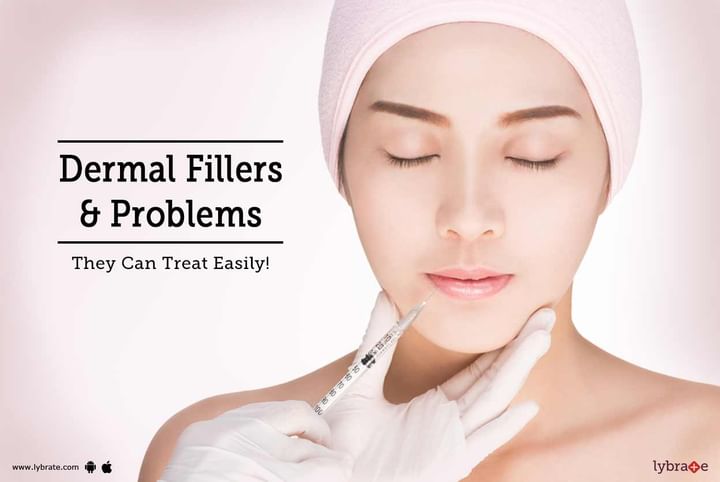Dermal Fillers & Problems They Can Treat Easily!
Dermal fillers help to diminish facial lines and restore volume and fullness in the face. As we age, our faces naturally lose subcutaneous fat. The facial muscles are then working closer to the skin surface, so smile lines and crow's feet become more apparent. The facial skin also stretches a bit, adding to this loss of facial volume. Other factors that affect the facial skin include sun exposure, heredity, and lifestyle.
Dermal fillers can be used to:
- Plump thin lips
- Enhance shallow contours
- Soften facial creases and wrinkles
- Improve the appearance of recessed scars
Dermal fillers can be very helpful in those with early signs of aging, or as a value-added part of facial rejuvenation surgery. What dermal fillers won't do For some patients, surgery such as a facelift, brow lift, or eye lift may be the best approach. Non-surgical rejuvenation treatments, such as soft tissue fillers, cannot achieve the same result, but may help delay the time when consideration of a facelift becomes appropriate. It was the 2nd most popular non-surgical cosmetic procedure.
Dermal fillers are a naturally-derived or synthetic material that is directly injected into skin with the purpose of plumping that area to the point where the wrinkle, depression, or fold is gone. Depending on the type of filler, the effects can last anywhere from six months to two years; for semi-permanent or permanent fillers, the effects can last up to five years, and there are reports of even longer-lasting results. Don’t confuse dermal fillers with Botox.
Although both procedures involve injections, Botox is most often injected around the forehead and wrinkles around the eyes (crow’s feet) to stop muscle movement that results in wrinkles. It has nothing to do with the plumping smoothing effect dermal fillers have. Because they work in different manners, many people elect to get both Botox and dermal fillers—the combination can produce a remarkably younger-looking face.
Approved Uses
Soft tissue fillers made from absorbable (temporary) material are FDA-approved for the correction of moderate to severe facial wrinkles and skin folds, such as nasolabial folds. Nasolabial folds are the wrinkles on the sides of your mouth that extend towards the nose. They are commonly referred to as "smile lines" or "marionette lines." The soft tissue filler made from non-absorbable (permanent) material is FDA approved ONLY for the correction of nasolabial folds. Some soft tissue fillers are approved for the restoration and/or correction of the signs of facial fat loss (lipoatrophy) in people with human immunodeficiency virus (HIV). The FDA has approved two absorbable soft tissue fillers for lip augmentation, and one filler for cheek augmentation, in patients over the age of 21. The FDA has also approved one filler for hand augmentation. Patients may need more than one injection to get the desirable smoothing/filling effect. Successful results will depend on the health of the skin, the skill of the doctor, and amount and type of filler used. The time that the effect lasts depends on the filler material used and the area where it is injected.
Unapproved Uses
The FDA has NOT approved soft tissue fillers for:
- Increase breast size (breast augmentation)
- Increase size of the buttocks
- Increase fullness of the feet
- Implant into bone, tendon, ligament, or muscle
The FDA has NOT approved liquid silicone or silicone gel for injection to fill wrinkles or augment tissues anywhere in the body.



+1.svg)
